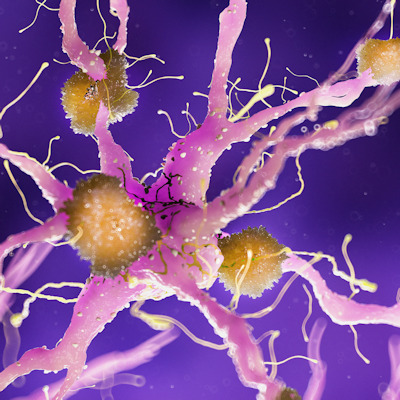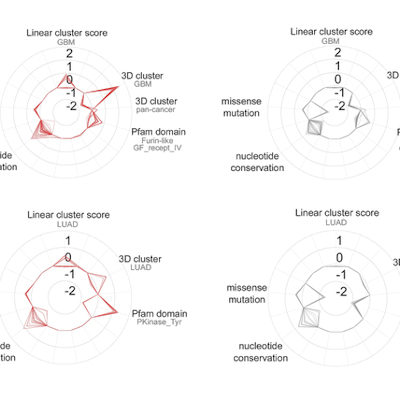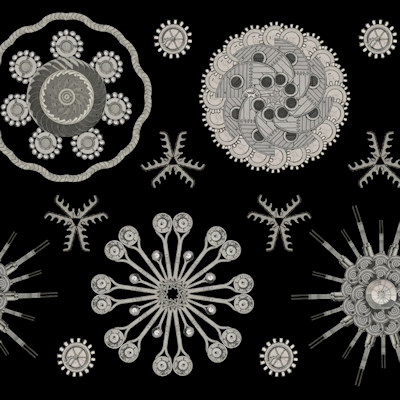May 12, 2023 -- The National Institutes of Health (NIH) recently launched a new program: the Common Fund’s Somatic Mosaicism Across Human Tissues (SMaHT) Network. The program, with planned awards totaling $140 million over five years, aims to enhance knowledge of how much genetic variation exists within normal human cells and tissues throughout the body.
Somatic mosaicism is a genetic variation that arises when somatic, or non-reproductive, cells exhibit genetic differences from one another. This somatic genetic variation occurs when cells accumulate DNA changes over time. Somatic mosaicism can occur in all tissues. It can alter how cells function and may influence human development, disease, aging, and other physiological measures across the individual's lifespan. It can be caused either by outside exposure or by an individual's own internal biological processes.
Although it is known to contribute to cancer, somatic mosaicism's full impact on human health and disease remains unknown. Given somatic cell mutations' connection to cancer, this effort may potentially support President Biden's Cancer Moonshot goal of reducing cancer death rates by half.
The SMaHT Network seeks to discover and catalog the breadth of somatic mosaicism using state-of-the-art technologies to better detect genetic variation in different cell types and tissues and across human life stages. By cataloging somatic mosaicism in normal human tissues, the SMaHT Network will provide baseline knowledge that will enable research on somatic genetic variation's role in human development, aging, and a wide range of diseases and disorders of the brain, muscle, skin, and immune system, some still undiagnosed.
NIH issued 22 awards to establish the SMaHT Network. Project components include the following:
- A procurement center to collect a common set of 10 to 15 tissues from 150 post-mortem human donors.
- Genome characterization centers to identify and describe the diversity of somatic genetic variation in human tissues.
- A data analysis center to create a somatic genetic variation catalog and a data workbench to visualize and analyze the variation, which will be integrated with existing genetic tools and databases.
- Tool development projects to create new DNA sequencing and analysis technologies to better detect rare genetic changes that occur in regions of repetitive DNA sequences and in small cell populations.
- An organizational center to coordinate the network's activities and distribute resources to the research community.
To ensure diverse representation, the SMaHT Network will sample tissues from human donors of diverse ancestries and different life stages. Samples collected from each donor will represent different tissue types throughout the body, likely including the brain, blood, skin, muscle, colon, spleen, uterus, vas deferens, ovaries, and testes.
"Advancing technologies to identify somatic mutations, including those due to movement of transposable elements, or so-called jumping genes, over time, will lead to a new understanding of age-related disorders," Dr. Walter Koroshetz, director of NIH's National Institute of Neurological Disorders and Stroke, said in a statement.
Copyright © 2023 scienceboard.net

















